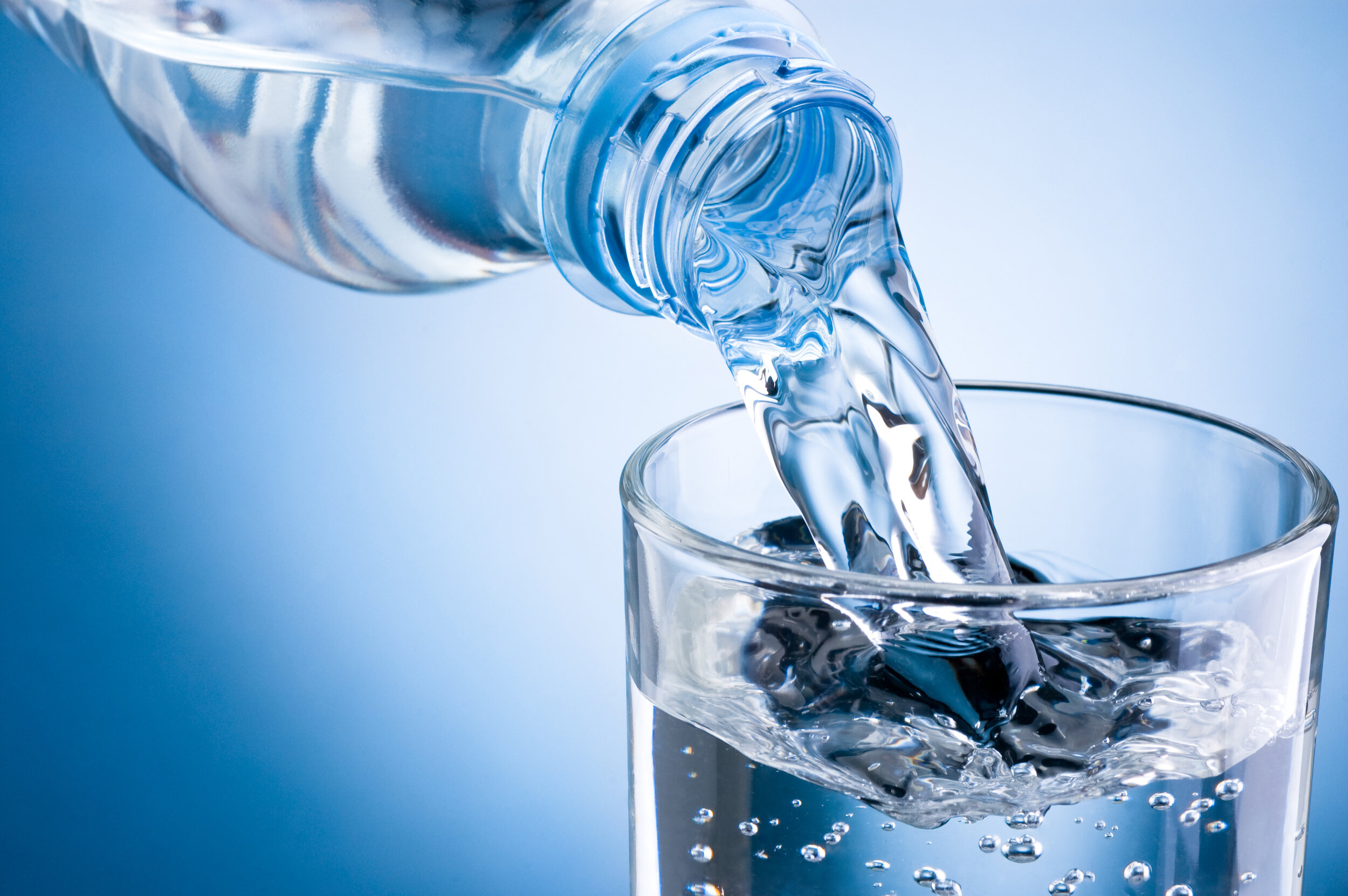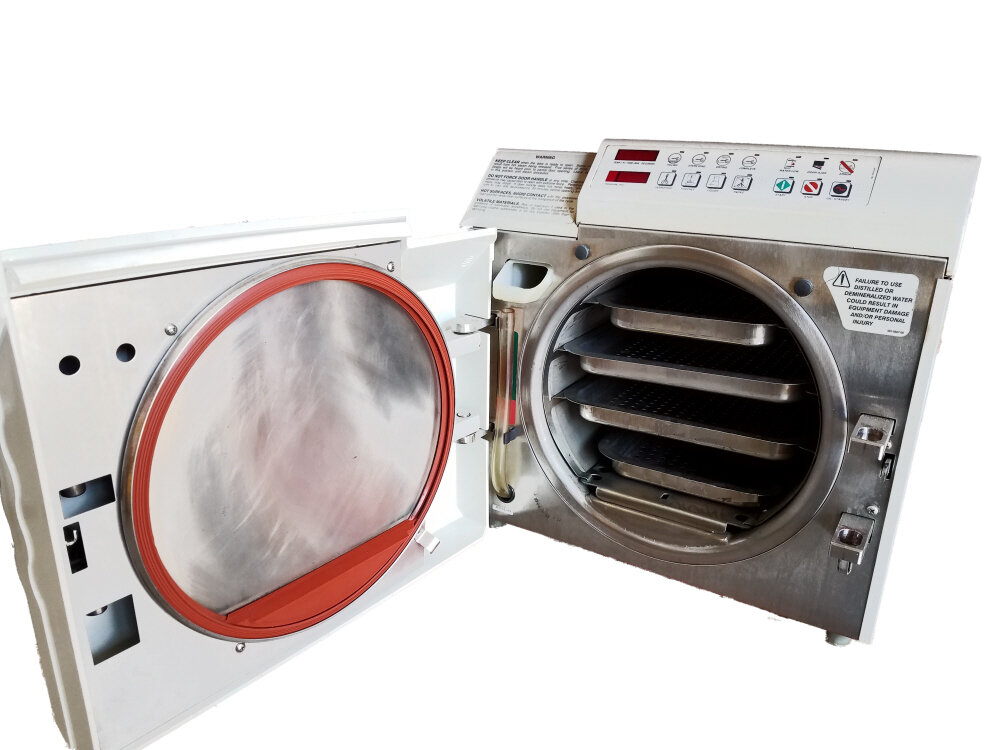Unlocking Efficiency: Understanding Autoclave Water Requirements
Autoclaves are usually used for sterilization of lab equipment and use heat or steam to kill microorganisms like spores and bacteria. This method is nontoxic and inexpensive, and it works rapidly and effectively to inactivate bacteria, spores, and viruses. As far as a laboratory autoclave is concerned, water is an essential part. Water is the lifeblood of it. This means that the quality of water used affects the lifespan of the chambers and steam generators of any autoclave. The quality of water also affects the type of loads that can be sterilized.
Can you run an Autoclave on Tap Water?
Of course, tap water can be used to run an autoclave, but it can limit its longevity because it depends on the quality of water. There are a lot of factors that come into play when determining the quality of water, including minerality, hardness, chloride levels, and many more. Many laboratories make use of tap water for their steam autoclaves, but there could be side effects if the quality of the water is below standard. This could lead to costly downtime and very expensive repairs. Generally, tap water is not good and could have a destructive effect if bad quality water is used, it will likely void the manufactures warranty. Therefore, it is not usually encouraged to use tap water because the risk overweighs the rewards.
Know About: How to Clean an Autoclave & When Should Maintenance Be Done
Distilled Water for Autoclaves
The best requirement for autoclaves is distilled water. Distilled water is deionized water or pure water which has undergone a process of distillation to remove impurities in the water and provide the cleanest water possible. Distilled water is usually 99.9% pure and is best for autoclaves in order not to cause problems or damages to your autoclave. We must realize that there is a great difference between filtered water and distilled water. While a process like reverse osmosis is a hyperfiltration process, it is still not as pure as distilled water as there might still be lots of contaminants, and some ions cannot be removed by filtration. Distillation removes even tough contaminants, including sodium and minerals.
How Tap Water can Affect, or Damage your Autoclave
Now that we know that distilled water is the best option for autoclaves let's ensure you know what the damages are when using tap water for your autoclave. Firstly, tap water contains a lot of dissolved salts and minerals, which is not good for your autoclave. The concentration of these minerals and salts is dependent on your geographical region and the source of the tap water. In some cases, the dissolved content can be very high and can lead to harder water. When such hard water is boiled into steam or pressurized steam, there are residues of salt and minerals within the steam generator, valves, and pipes. Over time, these residues become a big layer and then cause damages within your autoclave. Eventually, the efficacy of your steam generator deteriorates, and the pipes become clogged.
Water Purification System for Autoclave
As we have already established, the purity and quality of water are a major determinant for the effectiveness of your autoclave. This is where a water purification system comes in. The water purification system simply demineralizes the water you need to send into a steam generator of autoclave using a reverse osmosis technological principle. Before the water gets to the reverse osmosis membrane, it is taken through a pre-treatment filter that mostly removes particles that are larger than 5 microns. Once it gets to the reverse osmosis membrane filter, more than 90% of inorganic ions, dissolved solids, and hardness are removed.
What can I do if I am faced with a Damaged Autoclave Due to Bad Water Quality?
When you are faced with a water quality damage issue with your autoclave, there are usually three levels of damage that can occur to your autoclave. For the first level of damage which is usually minimal damage, you can make use of a consolidated automatic generator blow-down feature to help in draining out. For the second level of damage, you can utilize a water filtration or purification system, as explained in the section above. The water system will help to remove minerals within the steam generator and feed the steam generator with pure water. For the last level of damage, which is usually the severe stage of damage, you might need to call an expert team or purchase a new steam boiler or get a new autoclave altogether.
If you have been using tap water in your autoclave and you want to get it cleaned and back into the right shape, for more information and help, please contact us.


